Milk for Powdery Mildew: The Natural Cure Your Plants Need

Powdery mildew. It’s one of the most frustrating things to deal with in the garden, right? One minute, your plants are flourishing, and the next, they're covered in a white, powdery mess.
As much as I love DIY solutions, discovering that milk for powdery mildew works wonders was like finding a secret garden weapon.
Not only is it easy and inexpensive, but it's also completely natural. So, if you’re dealing with this pesky fungus, stick around—I’m about to show you how to whip up your very own milk spray, and teach you how to apply it like a pro!
Tools and Materials:
- 1 part milk (whole or skim)
- 2 parts water
- Spray bottle
- Baking soda (optional)
Disclaimer: Hometalk may receive a small affiliate commission from purchases made via Amazon links in this article, but at no cost to you.
What Is Powdery Mildew?
Powdery mildew is a fungal disease that typically appears as white or grayish spots on plant leaves. It thrives in warm, dry conditions and spreads quickly if not controlled.
Common victims of powdery mildew include squash, cucumbers, and tomatoes, but it can target a variety of plants in your garden.
The worst part? Left untreated, powdery mildew can stunt plant growth, damage leaves, and, if it gets bad enough, kill your plants!
What Does Powdery Mildew Look Like?
Now, let’s talk about what to watch out for.
Powdery mildew doesn’t just appear overnight. You’ll notice small, white, dusty spots that may initially look harmless. But don’t be fooled! Those little spots can grow rapidly, turning into a thick, powdery coating on the leaves, stems, and flowers.
As it spreads, the leaves may curl, yellow, and even fall off.
What Conditions Does Powdery Mildew Prefer In My Garden?
Powdery mildew loves warm, dry environments with poor air circulation.
If your garden experiences high humidity or you have closely spaced plants, you may be more susceptible to mildew. It’s also more likely to appear when plants are stressed, due to overwatering, underwatering, or nutrient imbalances. In fact, powdery mildew often pops up when the weather shifts to warmer temperatures with cool nights.
Sounds like a garden nightmare, right? But here’s the good news: you can prevent and treat it naturally with milk!
How to Make a Milk Spray for Powdery Mildew Treatment and Prevention
You won’t need any fancy equipment, just a few simple ingredients from your kitchen.
1. Add Baking Soda to Milk (Optional)
If you would like to give this spray an extra boost, begin by adding a small amount of baking soda to your milk.
This helps to raise the pH of the milk, making it more effective at killing mildew spores.
But don’t worry if you don’t have it—just the milk and water alone are pretty powerful!
2. Mix the Milk and Water
In your spray bottle, combine the milk and water.
The ratio should be about 1 part milk to 2 parts water.
If you’re treating a small area, you can make just a little bit, but for a larger garden, you might want to double or triple the recipe.
Shake it up so it’s well mixed, and you’re good to go.
How To Apply The Milk Spray
Now that you’ve mixed up your milk spray, it’s time to put it to work!
Step 1: Spray Early in the Day
You want to apply the milk spray early in the morning or late in the evening when the sun isn’t too harsh. If you spray during the hot part of the day, the milk might scorch the leaves.
Step 2: Apply to Affected Areas
Spray the mixture directly onto the leaves, stems, and any other areas showing signs of powdery mildew. Be thorough—make sure you cover both the top and bottom of the leaves where the spores may be hiding.
Step 3: Reapply Regularly
The best part about using this spray is that it’s a natural treatment, but it’s also something you’ll need to apply regularly. Every few days should do the trick. If it rains, you’ll need to reapply as well. Be patient and persistent, and you'll start to see those mildew spots disappearing!
How to Banish Fungal Problems From Your Houseplants
The Power of Milk in Your Garden
As I mentioned earlier, milk for powdery mildew is a simple, cost-effective, and eco-friendly solution. By using it regularly, you can keep your plants healthy and powdery mildew-free.
So, the next time you spot those tell-tale white spots on your leaves, don’t panic—grab a bottle of milk and take care of the problem naturally.
I’d love to hear how this DIY solution works for you, so drop a comment below or share your results with us!

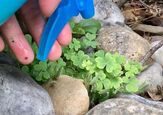








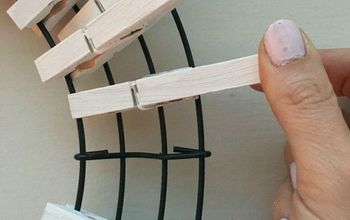



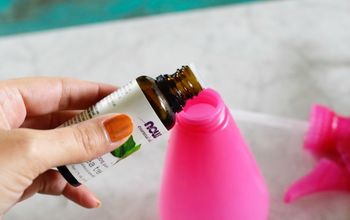

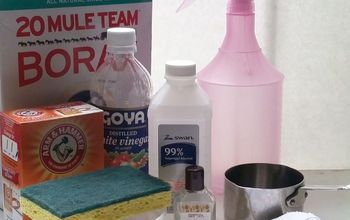
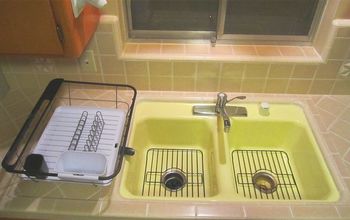




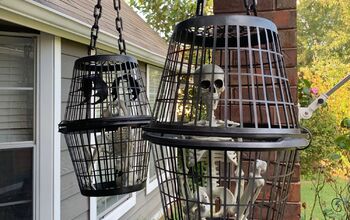

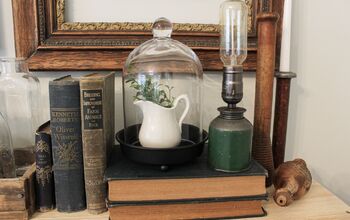
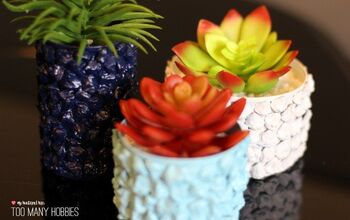





Frequently asked questions
Have a question about this project?
Hi Danielle...
Do you wipe the leaves after spraying or do you let the milk solution air-dry on the plant..? If air-dried…do you notice any “milk smell” lingering on your plants..?
Thanks! :)
Have a great morning!!